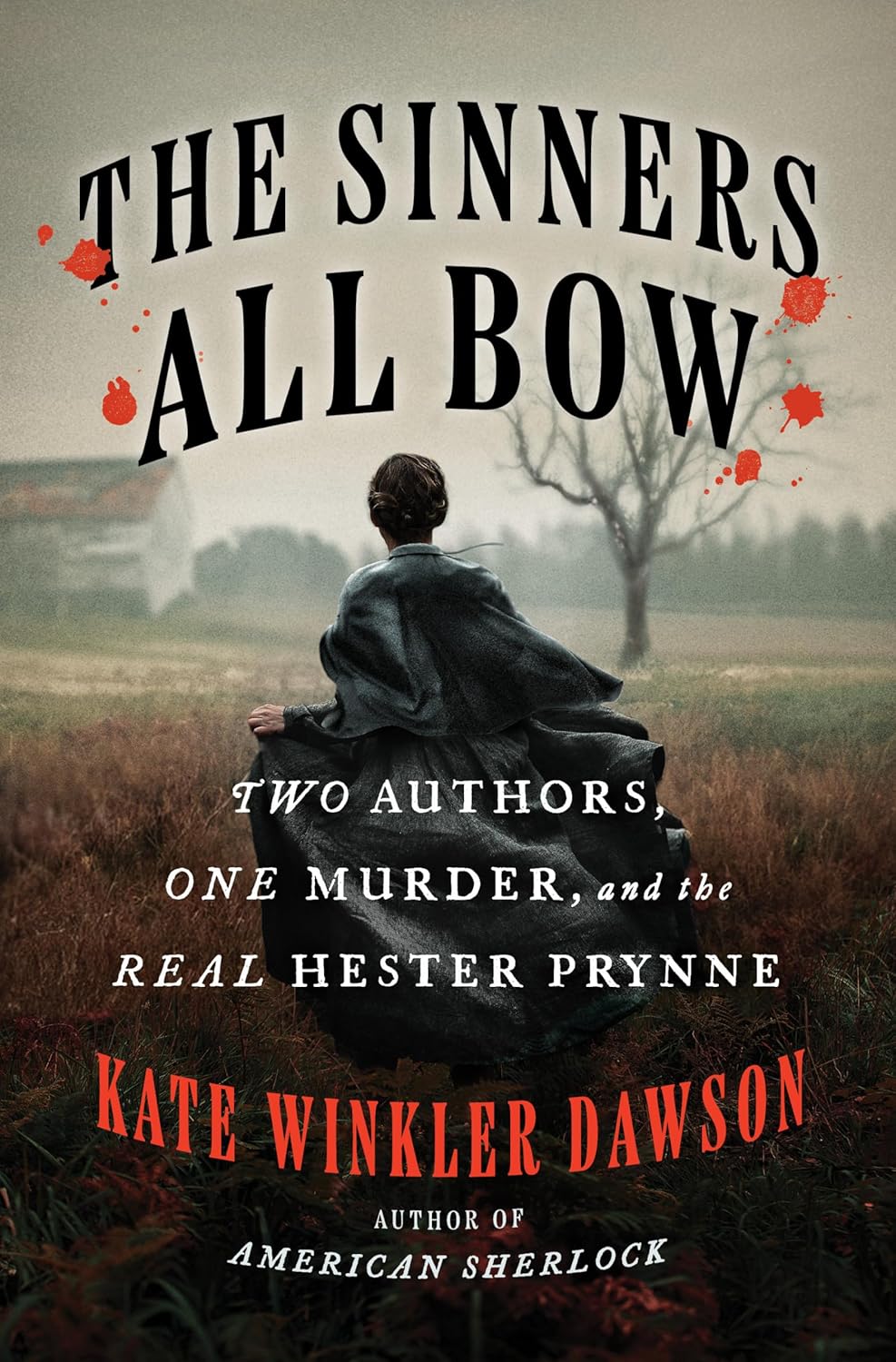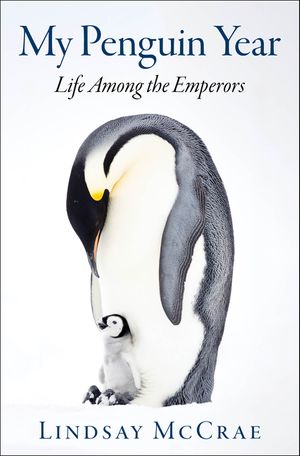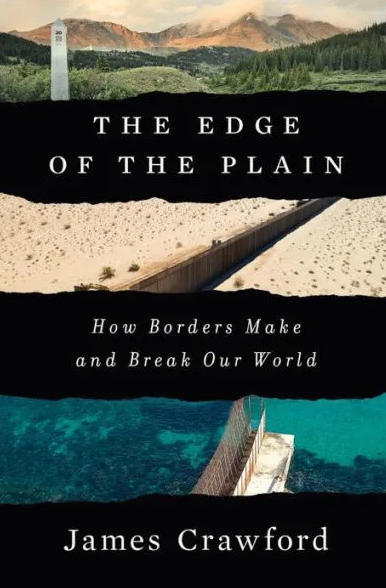The Sinners All Bow: Two Authors, One Murder, and the Real Hester Prynne
- By Kate Winkler Dawson
- G.P. Putnam’s Sons
- 320 pp.
- Reviewed by Diane Kiesel
- January 2, 2025
What should’ve been a page-turner is more of a slog.

Kate Winkler Dawson’s The Sinners All Bow purports to be a 21st-century “true crime” examination of the 19th-century murder that was the inspiration for Nathaniel Hawthorne’s literary classic, The Scarlet Letter. It is not. It is a book about writing a book about a re-examination of this case and it leaves the reader frustrated by the author’s digressions from what could have been a great story.
The mysterious death of 30-year-old Sarah Maria Cornell on a frosty night in December 1832 was investigated a mere six months later by a writer named Catharine Williams. She concluded that Cornell — found dangling from a noose on a farm in Tiverton, Rhode Island (later incorporated as Fall River, Massachusetts) — was murdered. Relying on modern forensic techniques, Dawson undertakes her own investigative journey to determine whether Williams’ conclusion was correct. Playing time-traveling detective is a great concept poorly executed because of Dawson’s insistence on showing readers how the sausage is made while placing too little of it on their plates.
Examples abound: “In the years after Catharine first told Sarah’s story, other dark events occurred in the surrounding streets. That’s where I’ll contribute to Catharine’s observations of Fall River’s history by adding more context with darker details.” As to Williams’ “biases and preconceptions,” Dawson writes, “Whether or not those notions were in fact accurate — well, that’s what I’ll investigate alongside her.” Or, “The next task: understanding our victim, Sarah Cornell, a bit better. This next section is about victimology, one of the most powerful tools of the investigator.”
Just tell the story already!
Further, the book’s promotion is something of a bait-and-switch. The cover states, in capital letters and selected italics, “TWO AUTHORS, ONE MURDER, and the REAL HESTER PRYNNE.” But there is nothing other than conjecture and a similarity of subject matter to support this claim. For instance, both Prynne (the wearer of the scarlet “A” in Hawthorne’s 1850 novel) and Cornell were pregnant outside of wedlock. “Once again,” writes Dawson, “the intersection between Sarah Cornell and Hawthorne’s Hester Prynne is clear: both were mothers, determined to use their skills to raise their children without fathers.” Women abandoned by men the morning after is an old and universal tale of woe hardly signifying a connection between fact and Hawthorne’s fiction.
Both women were also impregnated by men of the cloth. But Dawson provides no evidence to demonstrate that Hawthorne had the Rev. Ephraim Avery (Sarah’s scoundrel of a paramour) in mind when he created literature’s great moral weakling, the Rev. Arthur Dimmesdale. (A cursory internet search reveals other candidates for Hawthorne’s inspiration: his own ancestor William Hathorne, a hanging judge during the Salem Witch Trials; William Prynne, a 17th-century British printer branded for libeling an archbishop; and Mary Bailey, who became pregnant because of an adulterous affair in 1651 and was branded with an “A” for it.)
Still, there is a compelling tale buried in Dawson’s book: Unmarried seamstress Cornell, ostracized by her family after committing a petty theft, wandered New England mill towns looking for work. She ameliorated her harsh life by attending Methodist services and became pregnant by Avery, a married minister.
At first, Cornell was believed to have hung herself in response to her dismal circumstances. But as local women prepared her body for burial, they noticed bruising on her legs and back. A suspicious note surfaced, written by Cornell before her death: “If I am missing enquire of the Rev. E.K. Avery.” Turns out, she knew she was pregnant and had been pressuring the married minister for child support. Avery didn’t help his situation by fleeing once he got wind of the fact that he was under investigation for her death. He was indicted on March 6, 1833, and tried for murder two months later.
Dawson is at her best when recounting the details of the trial that had been covered by her 19th-century sister-in-crime-writing Williams, who’d quickly concluded that Avery was the killer. But not so fast. The prosecutor presented 68 witnesses, many of whom said they saw a man resembling Avery near the farm where Cornell’s body was found, but there was no direct evidence linking the minister to the murder.
The defense presented more than 150 witnesses, nearly all of whom attacked the character of the deceased. They said Cornell slept around, suffered from sexually transmitted diseases, and became unhinged and vindictive after Avery ejected her from his church. Dawson astutely reminds us that impugning the virtue of female victims of domestic violence, sexual assault, and even murder has been S.O.P. for centuries.
After 17 hours of deliberation, the jury acquitted Avery, who walked out of the courthouse a free man. He settled with his family in Ohio and died of natural causes in 1869; Cornell suffered a horrible, premature death and never got justice. Williams, who tried to give it to her, was a celebrated journalist in her day but later forgotten. Recently, her reputation has enjoyed a resurgence among feminist writers and academics.
No matter who or what inspired it, go back and reread The Scarlet Letter. The novel, one of history’s best indictments of the narrowmindedness of the citizenry, the mistreatment of women, the bigotry of organized religion, and the fecklessness of political leaders, is utterly wasted on high-school seniors. Nathaniel Hawthorne knew how to stay out of his own way and tell a great story.
Diane Kiesel is a former judge of the Supreme Court of New York. She is the author of Domestic Violence: Law, Policy and Practice, published in 2017 by Carolina Academic Press. Her next book, When Charlie Met Joan: The Tragedy of the Chaplin Trials and the Failings of American Law, will be published in February by the University of Michigan Press.

